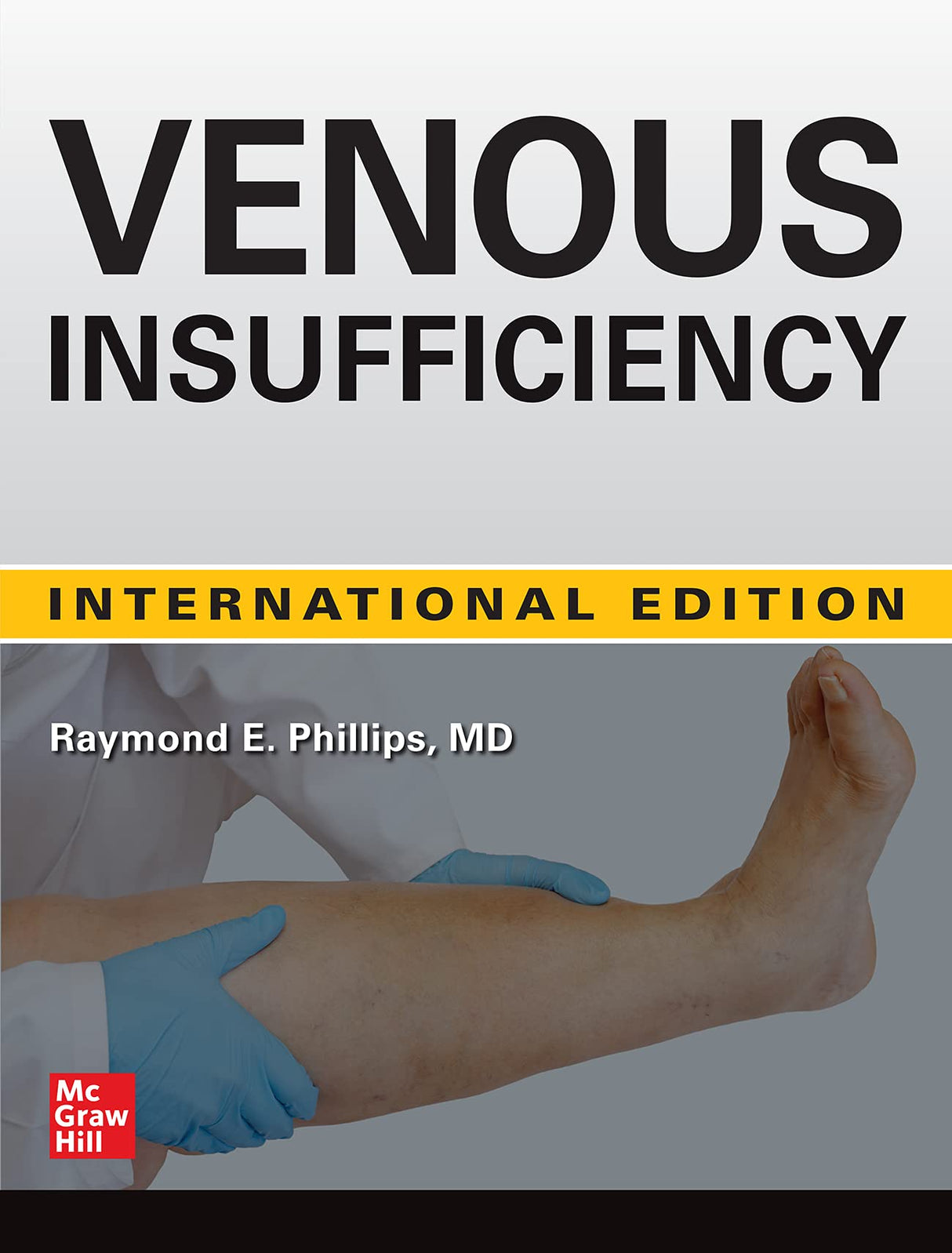Venous Insufficiency
Venous Insufficiency is backordered and will ship as soon as it is back in stock.
Couldn't load pickup availability
Genuine Products Guarantee
Genuine Products Guarantee
We guarantee 100% genuine products, and if proven otherwise, we will compensate you with 10 times the product's cost.
Delivery and Shipping
Delivery and Shipping
Products are generally ready for dispatch within 1 day and typically reach you in 3 to 5 days.
Book Details
-
Publisher: McGraw-Hill Education
-
Author: Raymond E. Phillips
-
Brand: McGraw-Hill Education
-
Language: English
-
Edition: 1
-
Pages: 272
-
Binding: Hardcover
-
Release Date: 30-10-2020
-
ISBN: 9781260469011
About the Book
This first edition by Raymond E. Phillips provides a focused and practical exploration of venous insufficiency, a medical condition that affects millions and contributes significantly to long-term health complications, reduced mobility, and increased healthcare burden. Despite its prevalence, venous insufficiency is frequently underdiagnosed and undertreated, leading to chronic skin changes, discomfort, swelling, and leg ulcers for many patients.
The book explains the underlying mechanisms of chronic venous disease in a clear and clinically relevant format, making it suitable for medical practitioners, vascular specialists, surgeons, and allied healthcare professionals. It provides guidance on recognizing symptoms early, selecting appropriate diagnostic methods, and applying effective treatment strategies both in clinical practice and through patient-directed management at home.
Key highlights of the book include:
-
Focus on deep venous disease and surgery-resistant cases
-
Practical management steps for chronic venous insufficiency
-
Patient-centric intervention strategies
-
Evidence-based discussions on prevention, diagnosis, and treatment
-
Real-world clinical insights designed to simplify management in outpatient care
The structured clinical approach ensures that healthcare providers can confidently evaluate and manage venous insufficiency while empowering patients to actively participate in their treatment plan.





